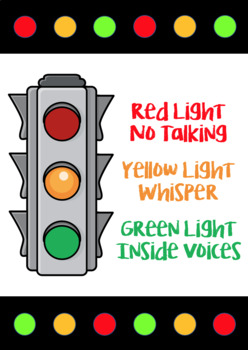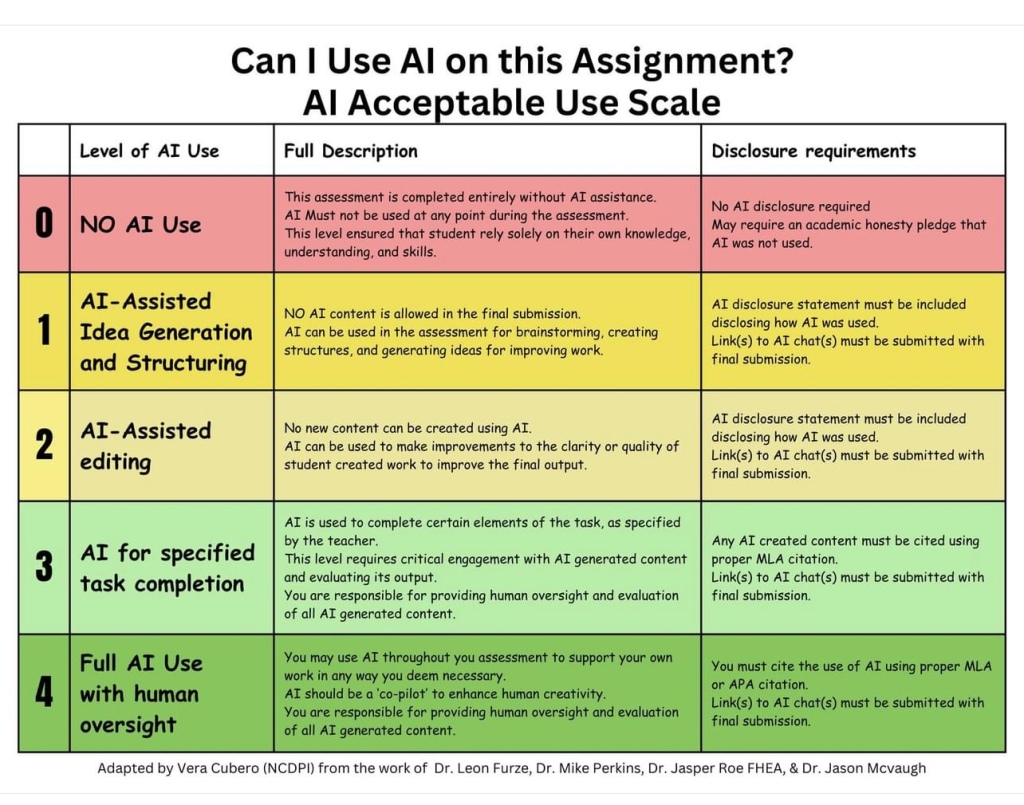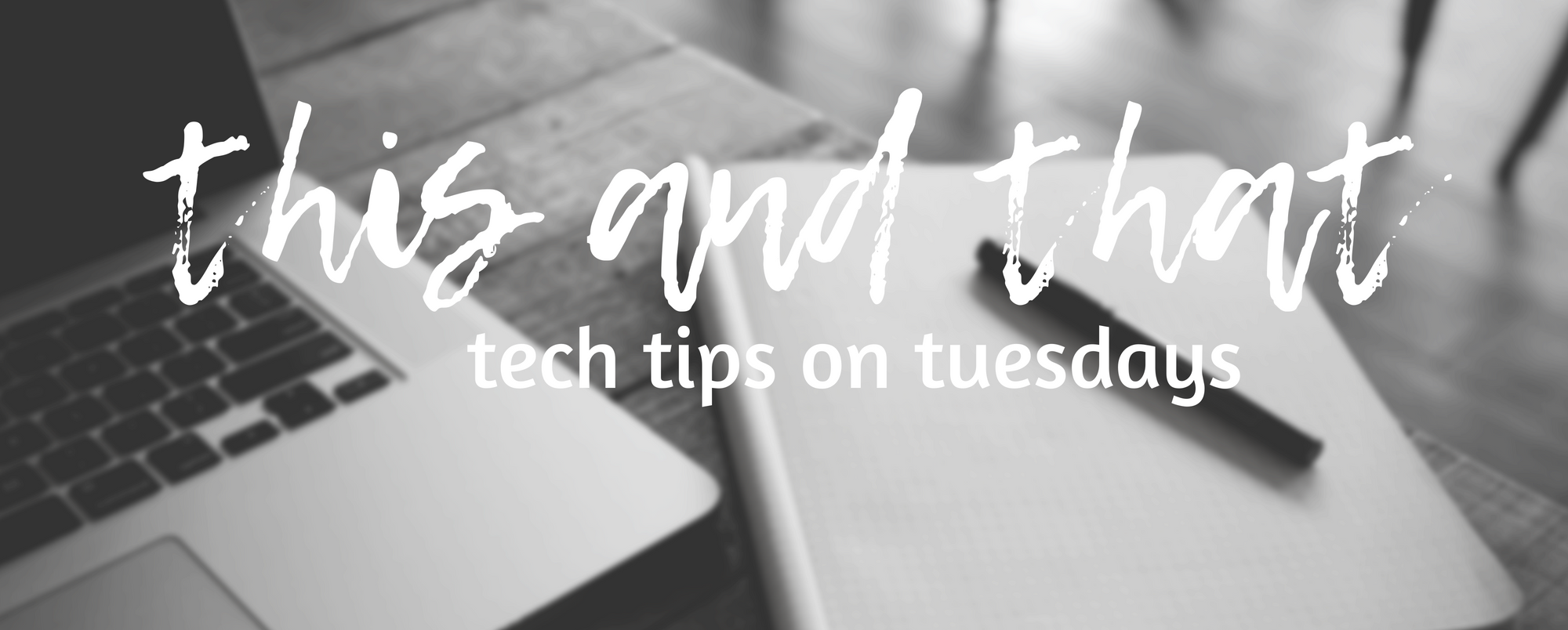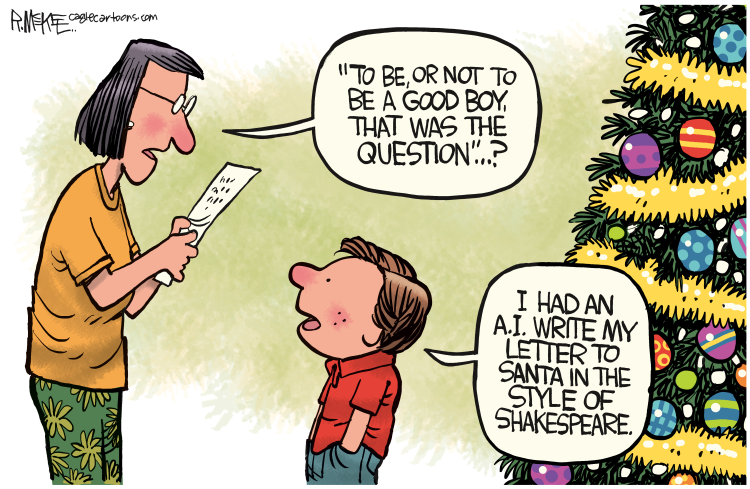OK….so we are currently in this weird spot where we know AI is out there, we know students are using it but there isn’t yet a safe “for students” tool that school boards are willing to endorse. We do not want to be the ostrich with its head in the sand, shutting AI down and telling students they can never use it (‘cause you know they will); we want to teach them how to use it responsibly (while we’re trying to figure out what that looks like) and everything is moving so darn fast! In a situation like this, perhaps the best thing we can do is use methods that we know have already worked. So, here are three ways that you can deal with student use of generative AI (thanks to Alex, Braydan and Instagram!)
Let’s start with the easiest one. Our Robotics students recently completed individual projects – some were visual (posters, etc.) and some were written. We didn’t say anything about using AI when we assigned the project. To be honest, I am not sure we even thought about it! However, when the projects started rolling in it was quite apparent that students had used AI. What to do? We sent out the following message (via Google Classroom): “If you used AI in your project, add a comment detailing which AI you used, which prompts you used.”
Is there an element of trust there? Sure. We spend a lot of time with those kids and we know them very well. Better to come from a position of “we trust you to be honest” and then deal one-on-one with the kids we are suspicious of than to start off like a police state. So far so good – the kids seemed quite proud of having used AI and were all too willing to tell us what they’d done.
The next example is one that many teachers will be familiar with but that usually gets used to help control noise level…the green-yellow-red traffic light. You know, green means “quiet table talk”, yellow means “whisper to your neighbour” and red means “silent”. It’s an easy analogy that both students and teachers can quickly understand.

So, red means “no using AI on this assignment”. Full stop. Don’t use it.
Yellow means you can use AI if you get permission ahead of time and have a plan for how to use it. But you can also go without.
Green means AI is allowed (no permission needed) but make sure you cite it all properly.
So…yeah, yellow and green are kind of the same, right? That’s okay. The idea is that there is a bit of a sliding scale here.
BTW, this idea came from an article by A.J. Juliani and the article even includes some examples (thanks, Alex)!
Finally, from one of the various people I follow on Instagram…an AI-use rubric. Who doesn’t love a good rubric, right?

This one was adapted from the work of Drs. Leon Furza, Mike Perkins, Jasper Roe and Jason Mcvaugh by Vera Cubero. It is definitely more geared to upper secondary and higher education but that doesn’t mean you can’t modify it to suit your students and the situation.
I realize that these aids don’t address many of the issues (both exciting and not) of using AI in education – more about those to come in future blogs.
But in the meantime, doesn’t it feel good to know that some of your tried and true tactics can be applied to an emerging, potentially world-changing technology? Kind of like finding a canoe to climb into when you’re being swept down the raging river!
Last minute addition! Just this morning I got an email from CommonSense Education. They now have a great collection of lessons on AI literacy, aimed at Grades 6 to 12. The lessons are all short (20 minutes or so) and are designed to help students better understand AI. Give them a look!

